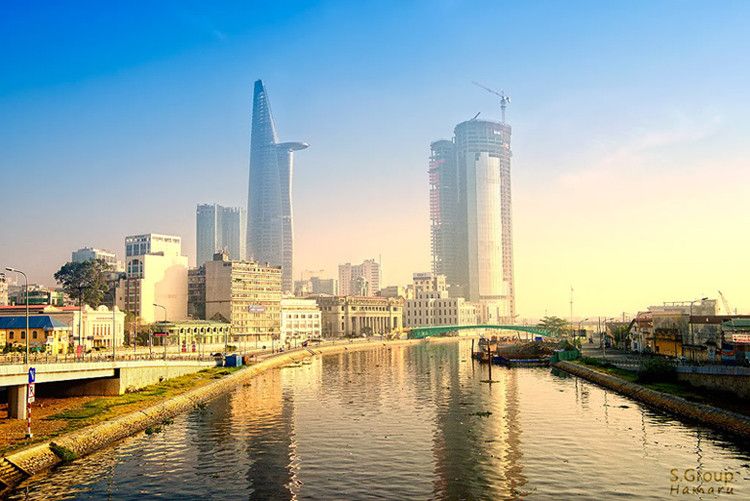Vietnam’s North-South Railway has been in need of a major upgrade for a long time. Beyond issues of speed and comfort, the system’s infrastructure is in poor condition, causing chronic delays and inefficiencies. While Vietnam recently put plans for a high-speed rail system on the backburner due to massive costs, the Ministry of Transport has released a blueprint to overhaul the system’s main line.
Years of war and subsequent lack of capital have rendered the North-South Railway slow and sometimes unsafe. As of 2007, 278 bridges were in need of major rehabilitation. Many of the 27 tunnels along the line are in poor condition and suffer from leaking, forcing trains to reduce speed when traveling through them. Of the 3,650 level crossings, 82% had no barriers, alarm systems or guards. The rainy season doesn’t make matters any better as bridges are sometime swept away by swelling rivers.
Since then, development assistance aid has funded repairs to critical pieces of infrastructure. Public awareness campaigns along with construction of safety barriers have made the line safer and more efficient. But, for the most part, these repairs are patch-work in nature necessitating the proposed overhaul.
The blueprint for the new system has three main elements: 1) an upgrade to the existing single-gauge tracks 2) build a broad gauge track allowing trains to travel up to 200km per hour 3) two express tracks.
On the existing single-gauge line, built by the French in the early 20th century, it takes around 30 hours to make the 1,726 km trip from Hanoi to Saigon (which is actually down from 72 hours a decade ago). The upgraded line would reduce the duration of the trip to 21 hours.
Deputy Transport Minister Nguyen Ngoc Dong said the total cost for upgrading the railway is estimated to be around VND40 trillion (US$1.9 billion).
Under the plan, the existing tracks and equipment would be upgraded and used for passenger service while the newly-built wide-gauge tracks would accommodate freight traffic. The latter would go a long way in improving logistics and lowering freight costs. Both passenger and freight services have plummeted over the last 20 years:
"Official statistics show that the railway’s share of cargo transportation plunged from 27.9 percent in 1996 to 4.1 percent in 2011, while its share of the passenger transport market plummeted from 7.9 to 1.8 percent over the same period."
In a recent report, the Asahi Shimbun newspaper said Japan will compete with South Korea and China, for construction contracts.
The most controversial element of the plan is the proposed express railway between Hanoi and Saigon, bringing down the travel time to a staggering 6 hours. The $56 billion express line was rejected by lawmakers in 2010 who deemed the project economically unsound.
The express line would require the construction of a 1,570-kilometer (975-mile) track that would be completed by 2035.
However, Jonathan Pincus, a former HCMC-based economist with the Fulbright Economics Teaching Program, said Vietnam does not need an express train.
“[All Vietnam] needs [is] a good conventional freight train to move goods and to link up the various regions of the country economically,” Pincus toldVietweek. “This would make it cheaper for companies to build factories outside of the major cities. It would also remove the need to build so many small ports.”















